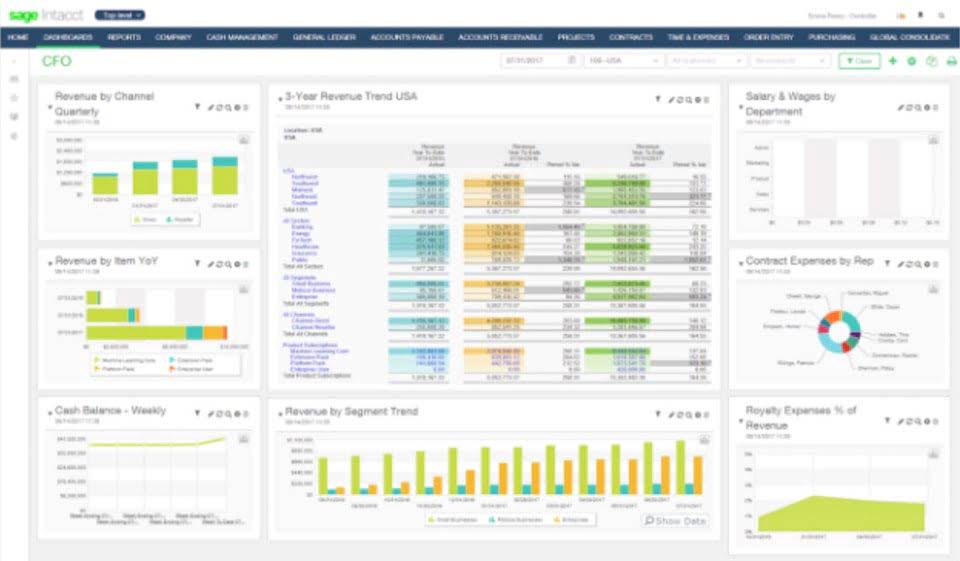
For example, California requires time-and-a-half or double-time pay based on hours worked, with some exceptions. For example, if you are paid double time and your regular hourly rate is $12.55/hour, the double-time rate would be $25.10/hour. When an employee is entitled to overtime pay, the rate cannot be less than one and a half times (time and a half) an employee’s regular rate of pay. For example, if your hourly rate of pay is $10/hour, the overtime rate is $15/hour.
- If you are paid $18 per hour, you will make $27 per hour when being paid time and a half ($18 × 1.5) and $36 when beingpaid double time.
- If you are paid by the hour, you can calculate your time and a half rate by multiplying your hourly rate by 1.5.
- This week Peter worked 10 hours overtime, let’s calculate Peter’s overall weekly and monthly salary.
- In those cases, workers can take up the issue with supervisors and/or human resources representatives and request clarification of the policy.
- The crux of the act says that employees are entitled to receive the minimum wage along with an overtime pay rate.
Get pricing specific to your business

Federal overtime laws require employers to pay non-exempt employees who work more than 40 hours in a week at least time and a half for the extra time they put in. You’ll often get a “time and a half” rate when you work standard overtime, which means your pay rate is 1.5times your regular hourly wage. This typically happens when you work more than what is overtime for $11 an hour the standard number of hours in a day or week, often beyond 40 hours in a week inmany places. Some states also have rules about the number of hours one can work in a day. For example, if an employee works more than 8 hours in a day, then they are eligible for overtime pay for that day, even if they work only 40 hours to get their weekly salary. While the FSLA sets out its guidelines, the State rules must be adhered to.

Calculating overtime for multiple pay rates
Note this is always measured based on a predefined work week schedule you have set for the employee regardless of your payroll frequency. For example, you may pay an employee bi-weekly, but for the purpose of calculating overtime, you are always performing the calculation based on a standard work week starting on a specific day. It’s advisable to investigate the overtime laws of your specific state. At the federal level, overtime is primarily regulated on a weekly basis. Nevertheless, certain states and territories mandate overtime for any day inwhich an employee works more than 8 hours. Currently, these include Alaska, Nevada, Puerto Rico, and the Virgin Islands.
How to calculate overtime under the FLSA

This means that while you earn more for the extra hours worked, your overall tax liability remains consistent with your normal income bracket. It’s important to factor this into your financial planning to avoid surprises during tax season. Overtime without authorization may cause problems with the payroll and could be against your company policy. You should always communicate with your employer about the extra hours worked to avoid potential disciplinary action. The federal government has not introduced any legislature on the subject of holiday pay. If you work Saturdays, Sundays, or holidays, you’re not legallyentitled to any special pay.

Employees can be scheduled to work up to 40 hours per week as standard scheduling. If an employee works over 40 hours, he or she is working overtime hours and will be paid a higher rate for this time. The rate is one and https://www.bookstime.com/ a half times the hourly rate that the employee earns times the number of hours of overtime worked. Double overtime pay is like an extra reward for employees who put in additional hours or work on holidays (personal holidays or public holidays).
What is overtime pay?
Consider, for example, a nonexempt employee who works eight hours on Monday, Tuesday and Wednesday, 10 hours on Thursday, and six hours on Friday. This worker would not meet the weekly overtime threshold of the FLSA, but could be eligible for two hours of overtime pay for the hours worked on Thursday, depending on applicable state labor law. Things are a little more complicated for employees on a salary, rather than an hourly wage. This can becalculated by dividing a week’s salary by the number of hours you usually work.
- It automatically monitors attendance based on clock-ins, leaves, and work hours, ensuring you’re always on top of your team’s schedules.
- This allows workers to boost their earnings while ensuring companies fairly compensate for the added time.
- Some employers may choose to pay a higher rate when employees work extra hours on these days.
- An employer must follow its own rules for these kinds of payments.
- There may also be federal requirements governing leave that has to be provided under the Americans with Disabilities Act and Family Medical Leave Act.
- Few things can sink a project as fast as unchecked overtime.
Commonwealth of Pennsylvania government websites and email systems use “pennsylvania.gov” or “pa.gov” at the end of the address. Before sharing sensitive or personal information, make sure you’re on an official state website. The contents of this document do not have the force and effect of law and are not meant to bind the public in any way. This document is intended only to provide clarity to the public https://www.instagram.com/bookstime_inc regarding existing requirements under the law or agency policies.
If your employer is pressuring you to work excessively or denying your rightful overtime pay, this may be a violation of labor laws. It’s important to consult with a consumer protection attorney to ensure your rights are protected. Keep in mind that states’ minimum wages may be greater than the federal minimum. There are some important federal overtime laws and regulations business owners must follow to ensure workers are fairly compensated.
It offers practical information concerning the subject matter and is provided with the understanding that ADP is not rendering legal or tax advice or other professional services. When dealing with different job rates and tasks, consider utilizing tools that support job costing in QuickBooks. By allocating labor costs accurately across various jobs, you can better estimate and track overtime expenses, ensuring that they are properly accounted for. It’s important to get the employee classification right because misclassifying employees can result in costly penalties that can retroactively apply to all of their past wages while working for your business.
